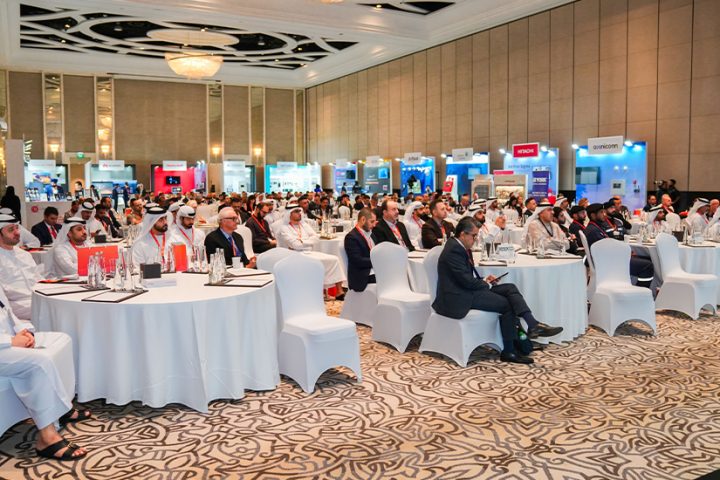Deepfake creation tools and services can be found on darknet marketplaces. These services offer generative AI video creation for a variety of purposes, including fraud, blackmail, and stealing confidential data. The prices for creating or purchasing deepfakes may vary depending on the complexity of the project and the quality of the final product. According to the estimates by Kaspersky experts, prices per minute of a deepfake video may range from $300 to $20,000. This was announced at Kaspersky Cyber Security Weekend – META 2023.
Kaspersky analyzed various Darknet marketplaces and underground forums offering the creation of deepfake videos and audio for different malicious purposes. In some cases, individuals may request specific targets for deepfake creation, such as celebrities or political figures.
Cybercriminals use generative AI videos in several ways for illegal activities. They can use deepfakes to create fake videos or images that can be used to defraud individuals or organizations. For example, they can create a fake video of a CEO requesting a wire transfer or authorizing a payment, which can be used to steal corporate funds. Fake videos can be used to create compromising videos or images of individuals, which can be used to extort money or information from them. Cybercriminals can also use deepfakes to spread false information or manipulate public opinion. For example, they can create a fake video of a politician making controversial statements, which can be used to influence the outcome of an election.
Deepfake technology can be employed to bypass verification in payment services by creating realistic fake videos or audio recordings of a legitimate account owner. These can be used to trick payment service providers into thinking that they are the actual account owner, thereby gaining access to the account and its associated funds.
“Increasingly, deepfakes are used in attempts at blackmail and fraud. For example, the CEO of a British energy firm was tricked out of $243,000 by a voice deepfake of the head of his parent company requesting an emergency transfer of funds. As a result, funds were wired to the fraudster’s bank account. Suspicions were only raised when the criminal requested another transfer, but by then it was too late to get the funds that were already transferred back. A similar case was reported in the UAE, where $400,000 were stolen in a scam also involving voice deepfake,” comments Vladislav Tushkanov, Lead Data Scientist at Kaspersky. “It’s important to remember that deepfakes are a threat not only to businesses, but also to individual users: they can spread misinformation, be used for scams, or to impersonate someone without consent. Increasing your digital literacy level is key to counter these threats.”
Continuous monitoring of Dark web resources provides valuable insights into the deepfake industry, allowing researchers to track the latest trends and activities of threat actors in this space. By monitoring the darknet, researchers can uncover new tools, services, and marketplaces used for the creation and distribution of deepfakes. This type of monitoring is a critical component of deepfake research and helps to improve our understanding of the evolving threat landscape. Kaspersky’s Digital Footprint Intelligence service includes this type of monitoring to help its customers stay ahead of the curve when it comes to deepfake-related threats.
To be protected from threats related to deepfakes, Kaspersky recommends:
- Check the cybersecurity practices in place in your organization – not only in the form of software but also in the form of developed IT skills. Use Kaspersky Threat Intelligence to get ahead of the current threat landscape.
- Boost the corporate “human firewall”: ensure the employees understand what deepfakes are, how they work, and the challenges they can pose. Have ongoing awareness and education drives on teaching employees how to spot a deepfake. Kaspersky Automated Security Awareness Platform helps employees to stay up-to-date with the most recent threats and increases digital literacy levels.
- Use good quality news sources. Information illiteracy remains a crucial enabler for the proliferation of deepfakes.
- Have good protocols like ‘trust but verify.’ A skeptical attitude to voicemail and videos will not guarantee people will never be deceived, but it can help avoid many of the most common traps.
- Be aware of the key characteristics of deepfake videos to look out for to avoid becoming a victim: jerky movement, shifts in lighting from one frame to the next, shifts in skin tone, strange blinking or no blinking at all, lips poorly synched with speech, digital artifacts on the image, video intentionally encoded down in quality and has poor lighting.



















